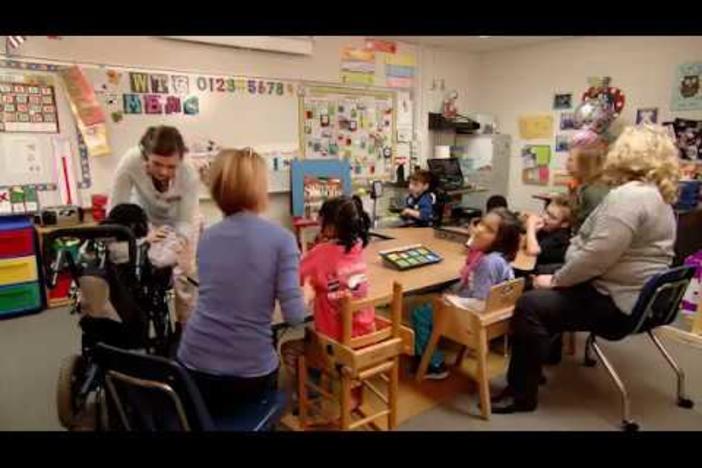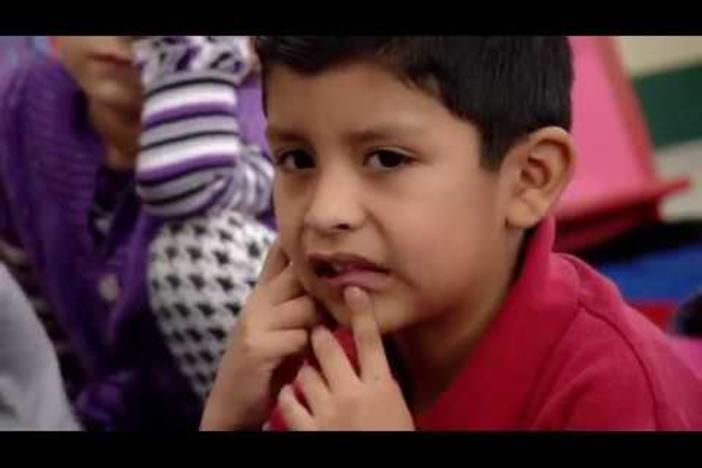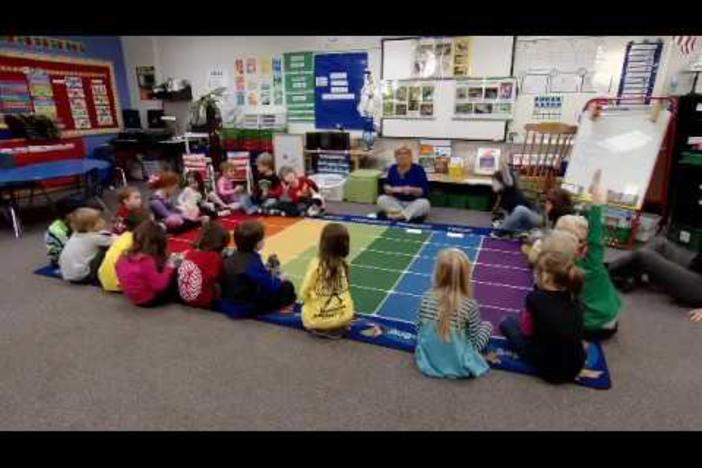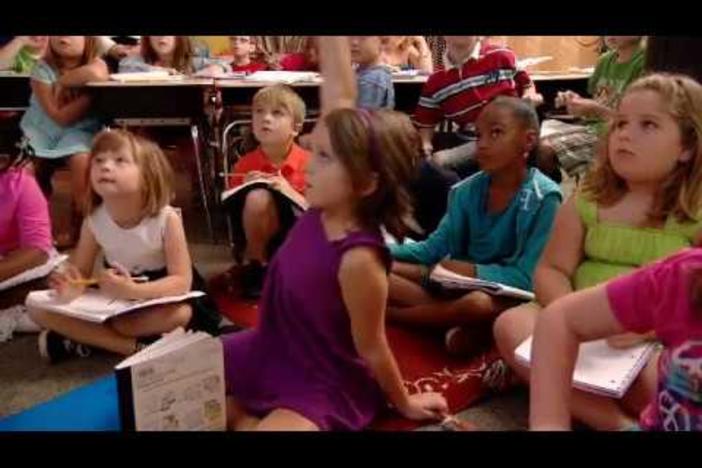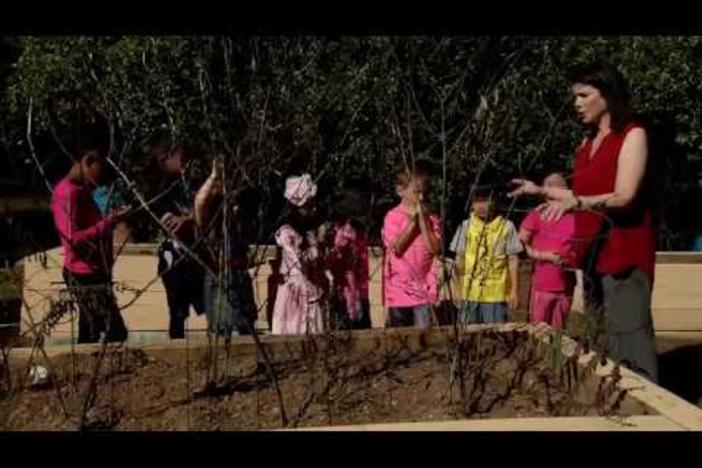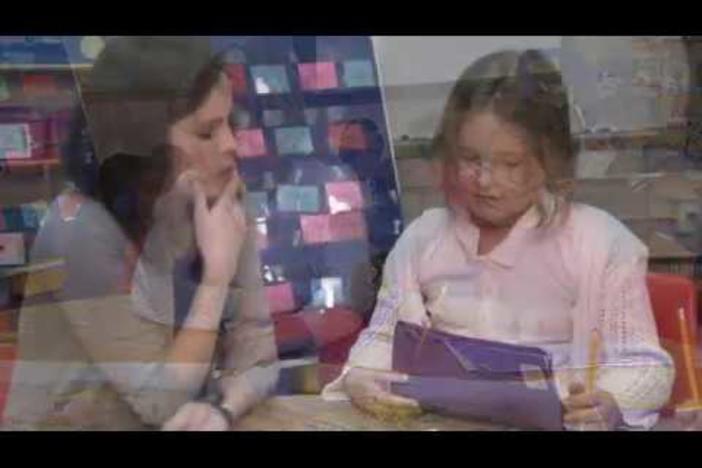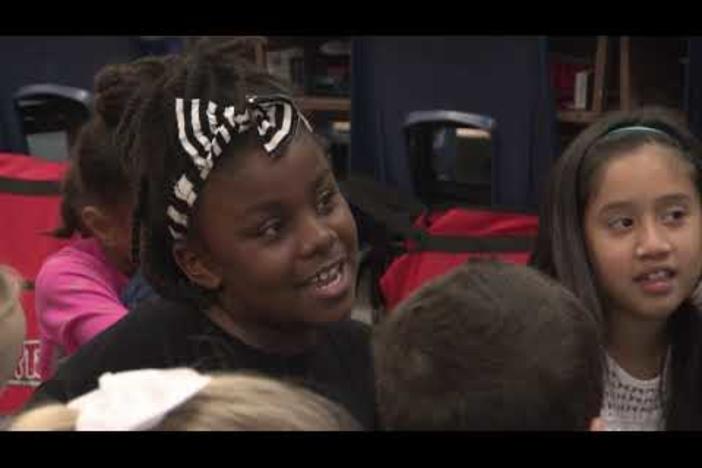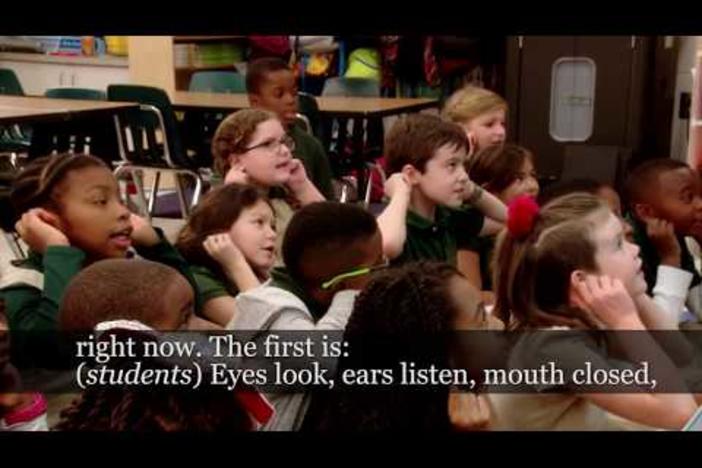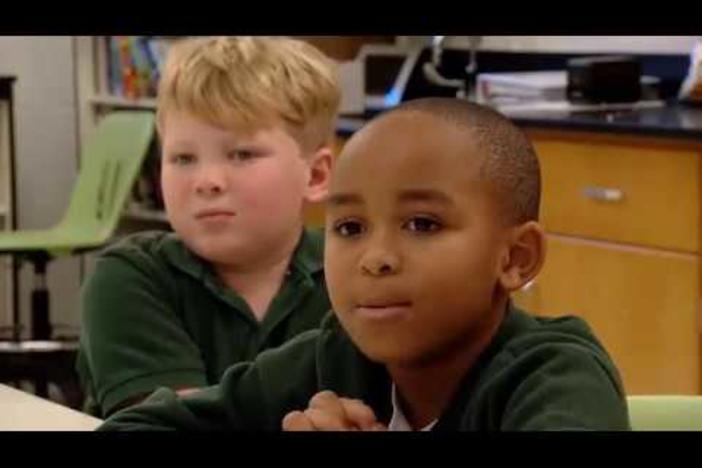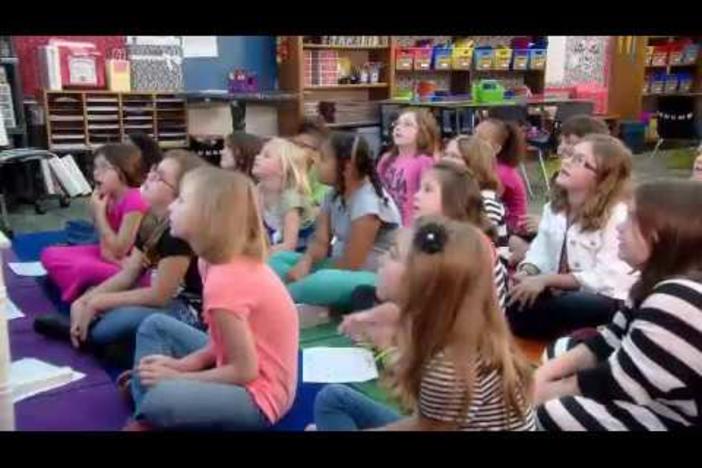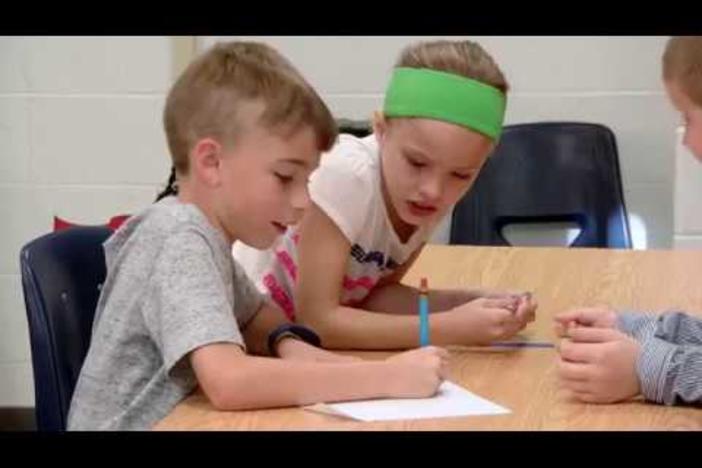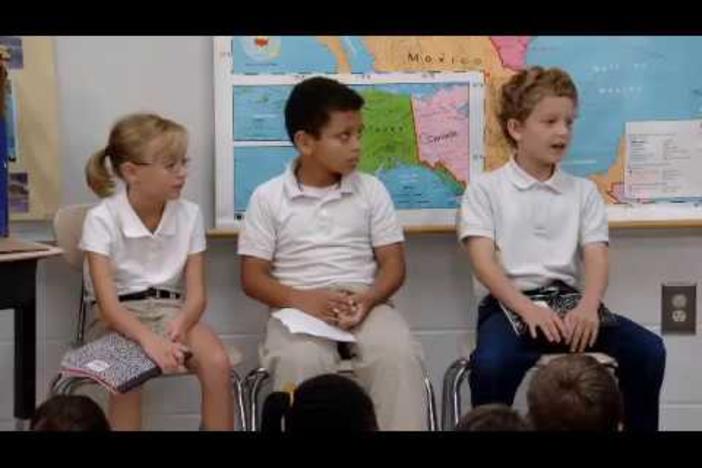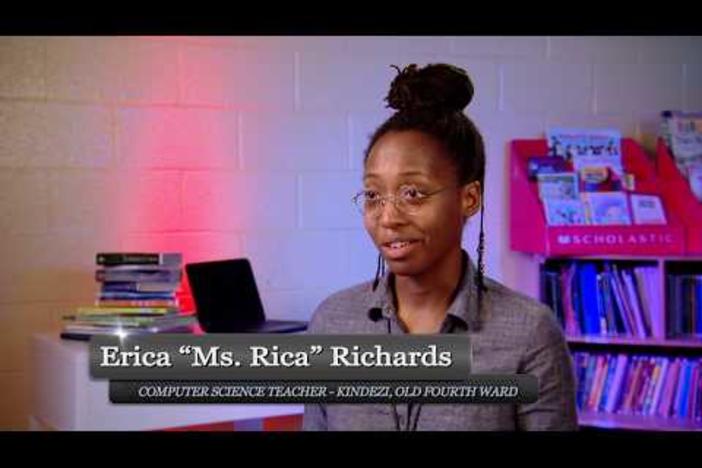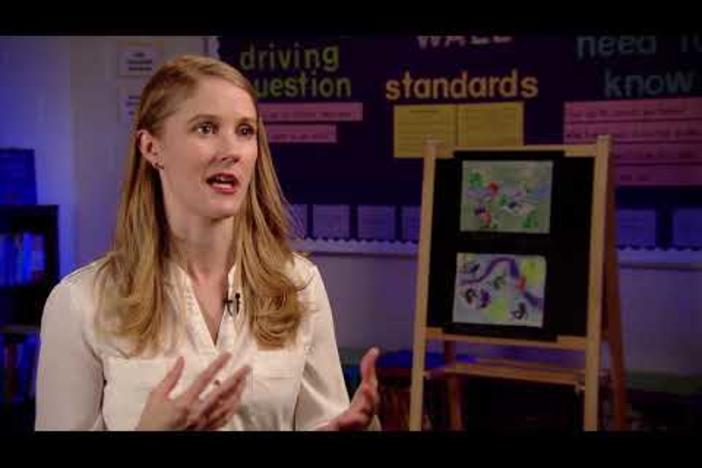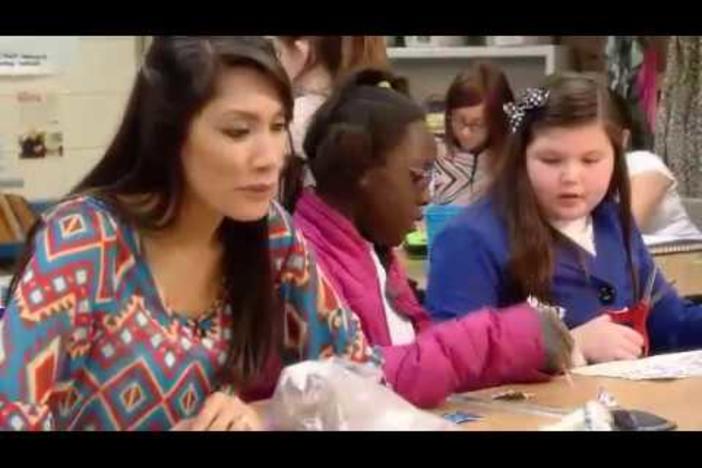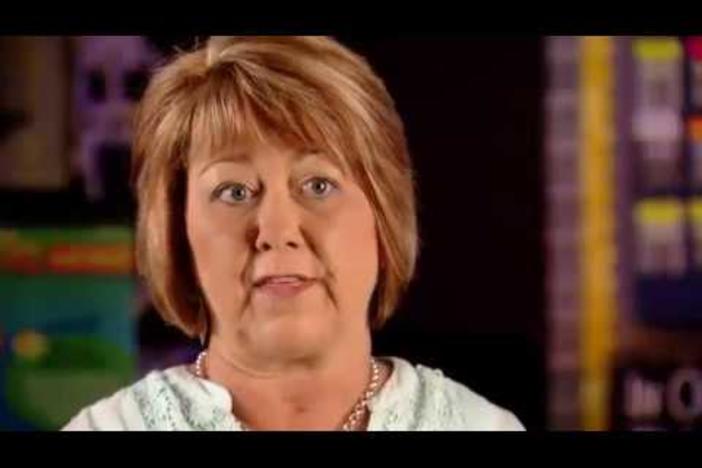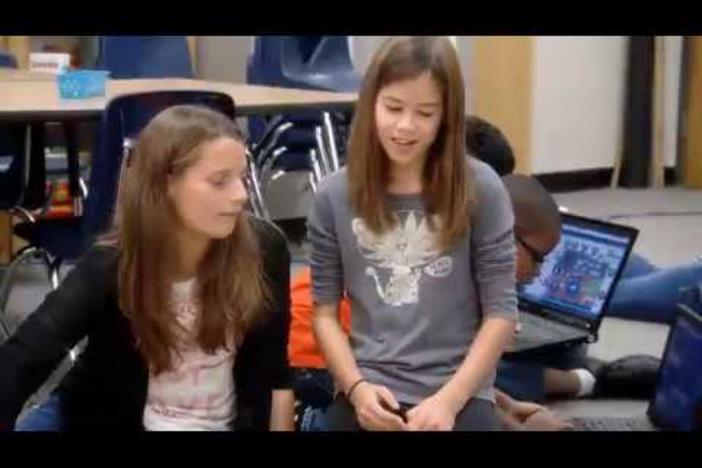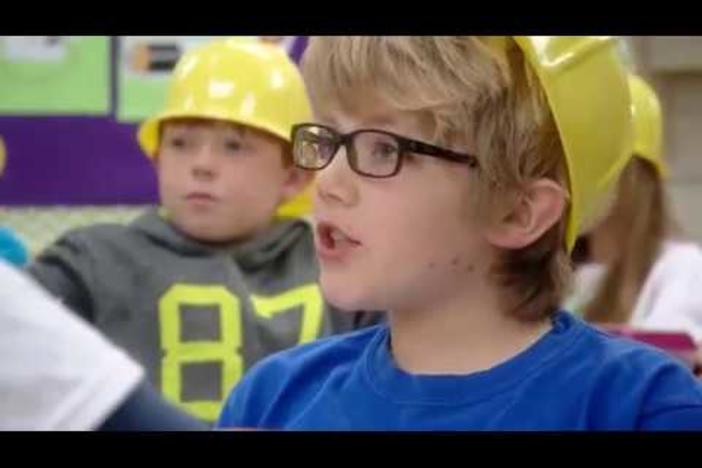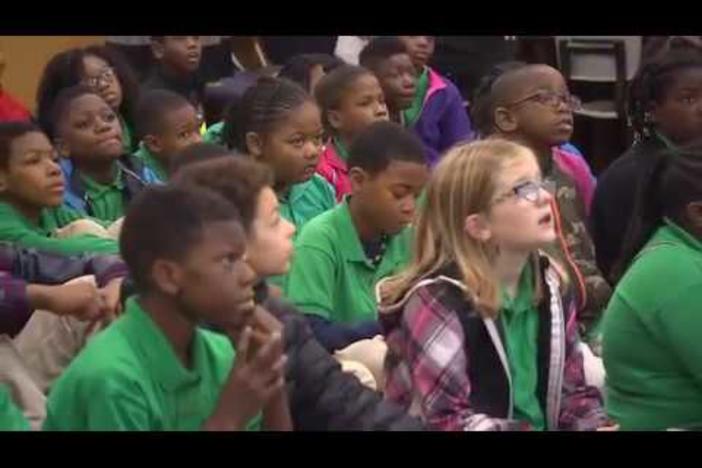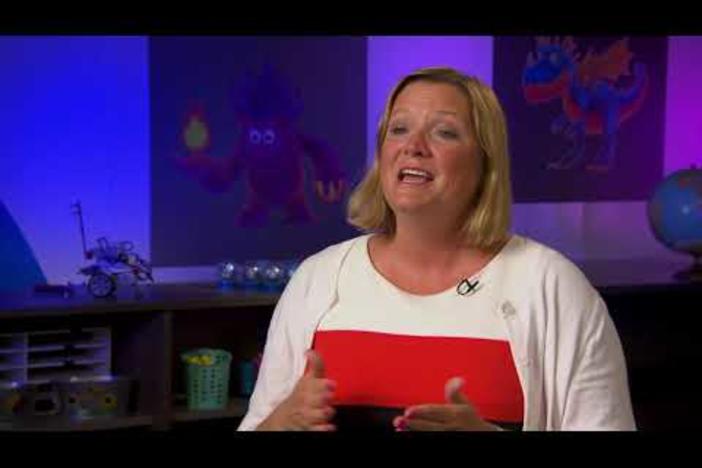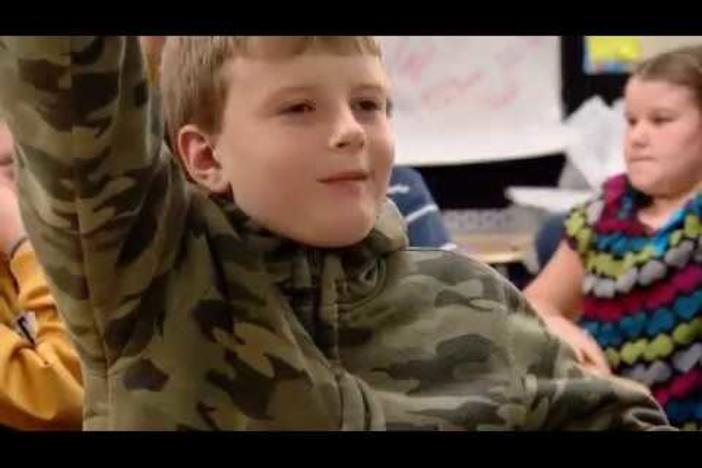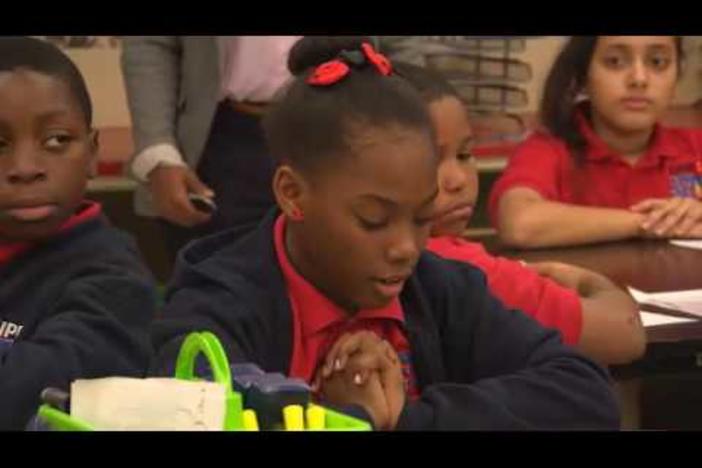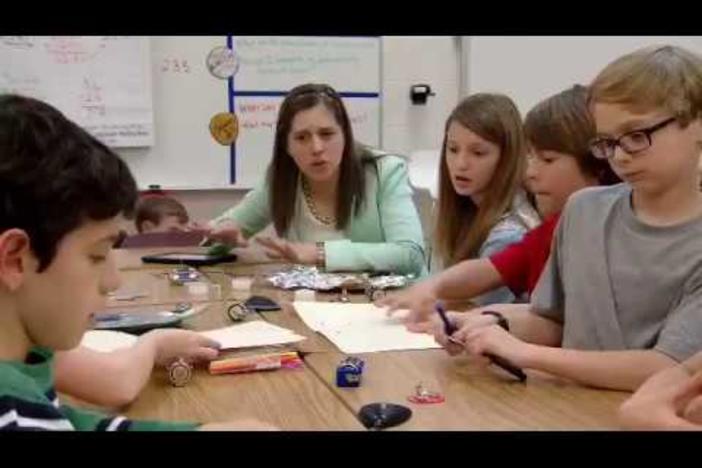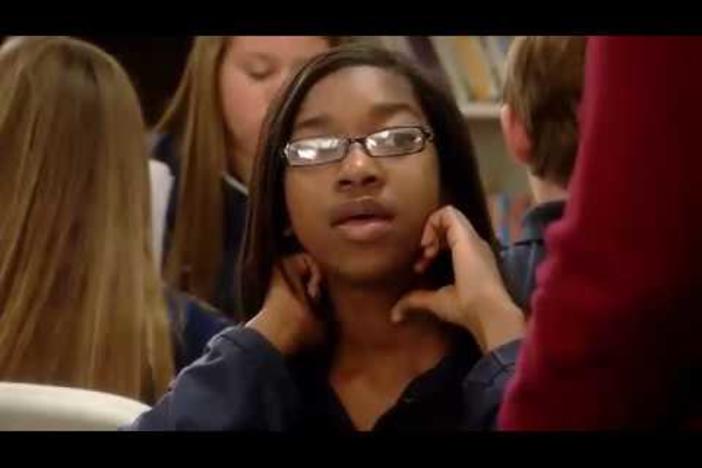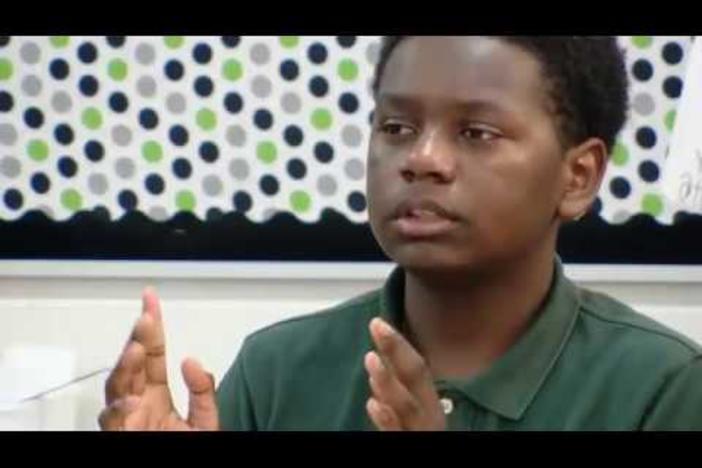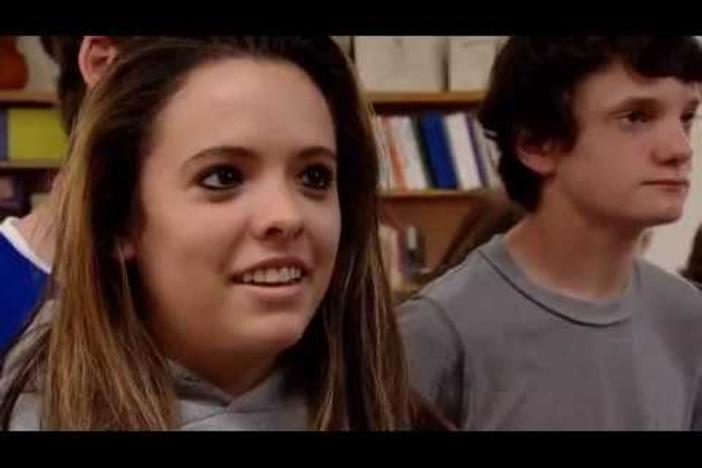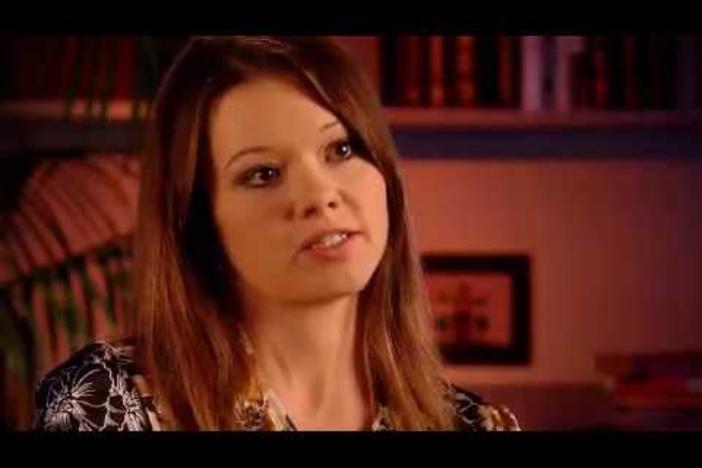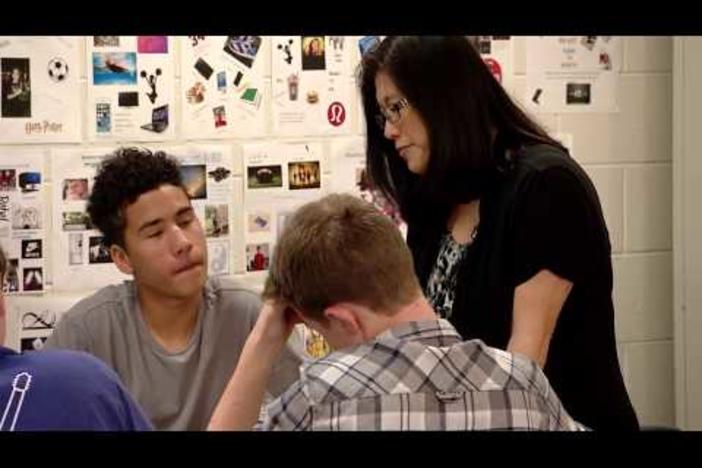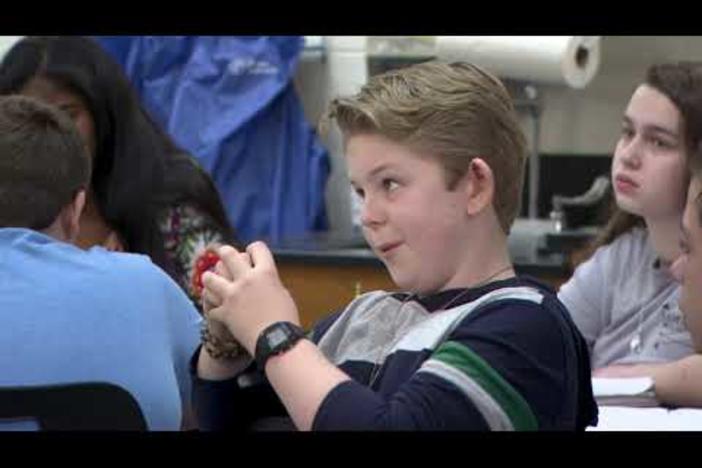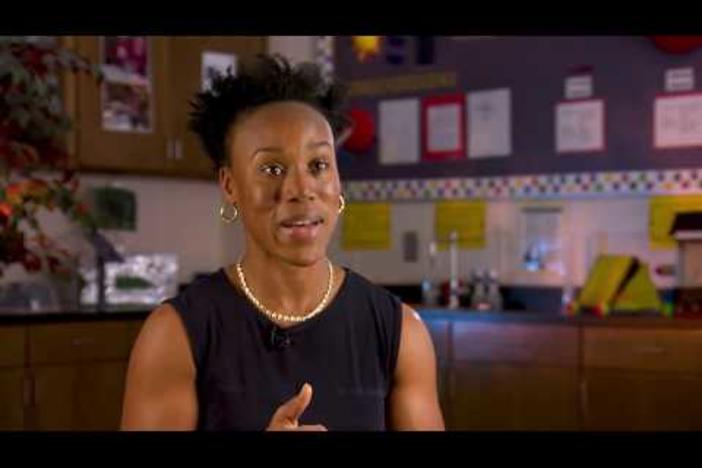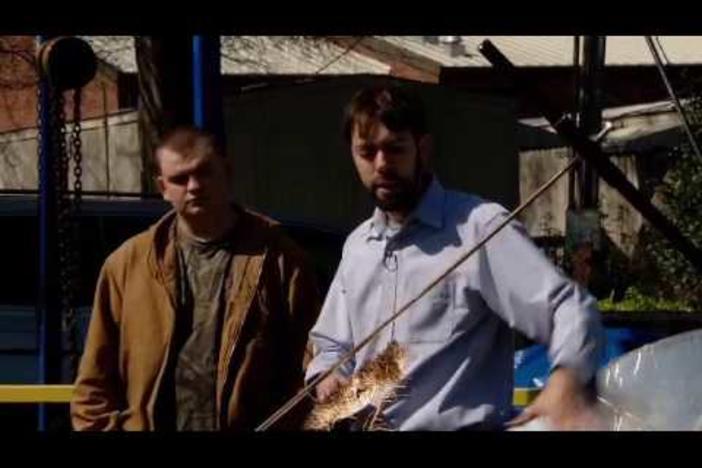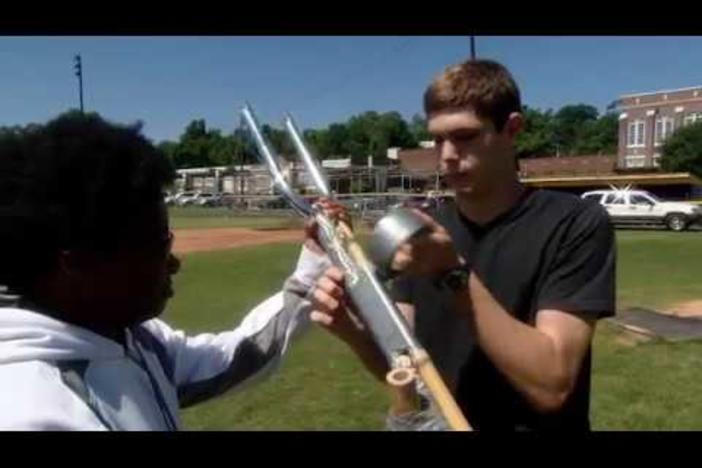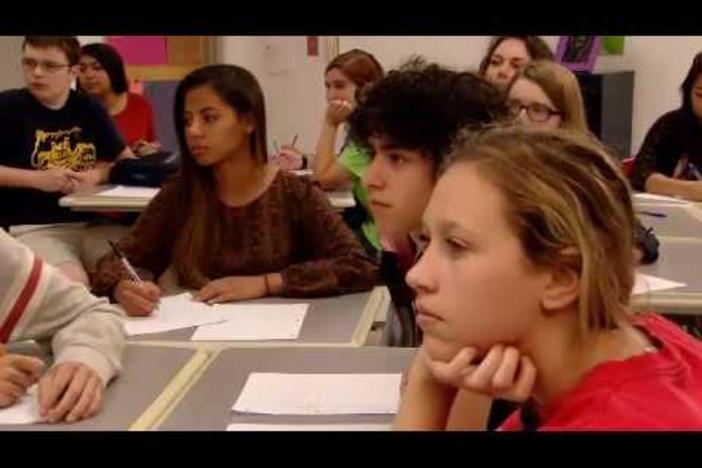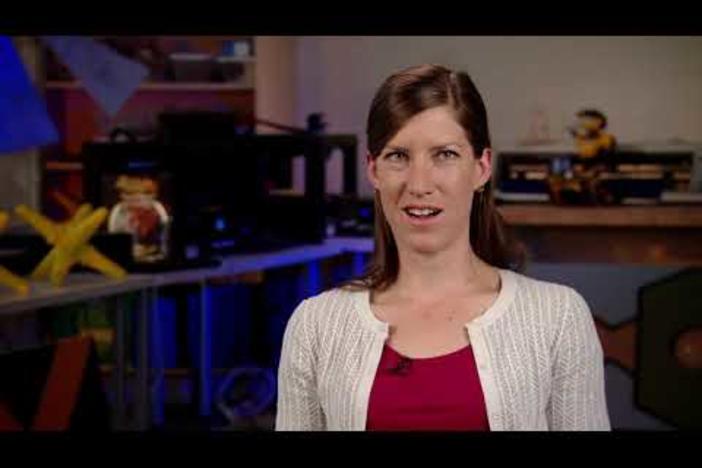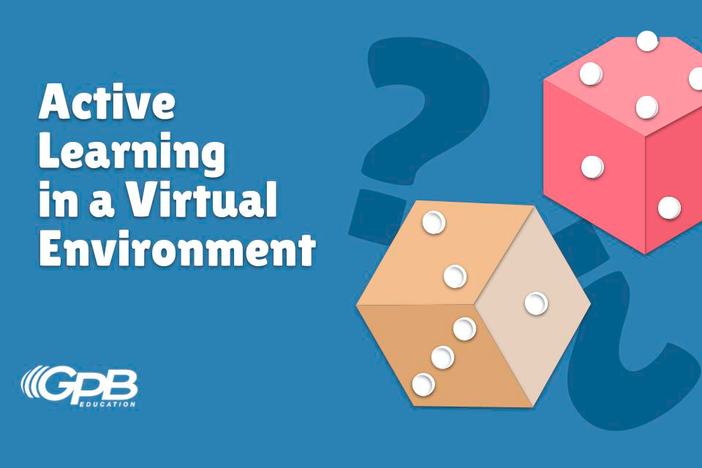Projectiles, Physics and Punkin' Chunkin'
In this project-based unit, medieval times provide a platform for students to learn about projectile motion and practice advanced algebra skills. Students learn about motion, velocity, acceleration, and parabolic equations to design and build catapults. Students then compete in a “Punkin’ Chunkin’” competition and see the results of their catapult designs. The unit concludes with students collecting and analyzing data from the catapult launches and reflecting on the unit.
Projectiles, Physics and Punkin' Chunkin'
In this project-based unit, medieval times provide a platform for students to learn about projectile motion and practice advanced algebra skills. Students learn about motion, velocity, acceleration, and parabolic equations to design and build catapults. Students then compete in a “Punkin’ Chunkin’” competition and see the results of their catapult designs. The unit concludes with students collecting and analyzing data from the catapult launches and reflecting on the unit.
Mathematics
Using tables, graphs, and verbal descriptions, interpret the key characteristics of a function which models the relationship between two quantities. Sketch a graph showing key features including: intercepts; interval where the function is increasing, decreasing, positive, or negative; relative maximums and minimums; symmetries; end behavior; and periodicity.
Relate the domain of a function to its graph and, where applicable, to the quantitative relationship it describes. *For example, if the function h(n) gives the number of person-hours it takes to assemble n engines in a factory, then the positive integers would be an appropriate domain for the function.*
Calculate and interpret the average rate of change of a function (presented symbolically or as a table) over a specified interval. Estimate the rate of change from a graph.
Science
Obtain, evaluate, and communicate information about the relationship between distance, displacement, speed, velocity, and acceleration as functions of time.
Obtain, evaluate, and communicate information about the importance of conservation laws for mechanical energy and linear momentum in predicting the behavior of physical systems.
-
About the Teacher
Jerry Knox
Academy of Richmond County
Jerry Knox is currently a 10th through 12th grade physics and mathematics teacher at the Academy of Richmond County in Augusta, GA. Mr. Knox received his Bachelor of Science in Aerospace Engineering from the University of Florida and his Master of Education in Secondary Physics Education from Georgia Southern University. His best piece of teaching advice is that lessons need to be interesting to be effective good teaching stems from relationships, so you need to know your students to keep lessons interesting.
